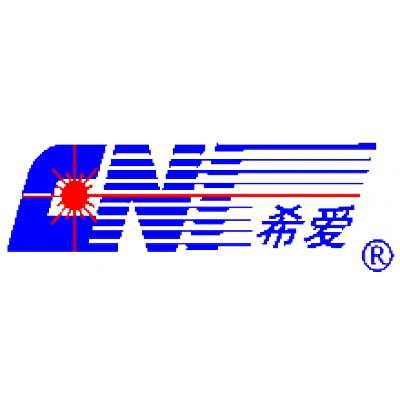Измерение расстояния лазером
|
Laser Distance Measuring |
|||||||||||||
|
Knowledge Introduction |
|||||||||||||
|
Laser rangefinder is the instrument that is used for distance measurement. It is widely used in military, science technology, production, construction and many other fields with its advantages of high accuracy, high resolution, strong anti-interference ability, small, light weight etc. In this experiment pulse laser as a light source, a laser through the plane mirror in the distance, the laser beam reflected is received by the photoelectric element, then oscilloscope to measure and record the time difference from the transmitter to the receiver, so as to calculate the distance between the laser and the mirror-half of the light and the round trip time. The students can understand the principle of laser rangefinder and grasp the method of distance measurement with laser rangefinder. |
Experiment Device |
||||||||||||
|
Main points: a) Special advantages of laser b) Methods to laser distance measuring c) Principle of pulsed laser distance measuring d) The concept of laser pulse width and frequency |
Pulse shape |
||||||||||||
| Related Courses | |||||||||||||
|
Principles of Laser Technology and Application, Optical Measurement Technology and Application, Modern Laser Engineering Application Technology, Laser Device, Application Optics
|
|||||||||||||
| Basic Configuration | |||||||||||||
|
|||||||||||||
| Expand the Experiment | Instrument Application | ||||||||||||
|
·Michelson Interferometer ·Laser distance measuring with interferometry ·Research on Cavity ring down spectroscopy technology |
·Teaching experiment and research applications ·Artificial earth satellite observation and positioning ·Topographic survey, aerial photogrammetry |
||||||||||||
Новости
Новые продукты от VivaTech
06.02.2018
VivaTech предлагает новые решения для применений в миллиметровом / THz диапазонах.
Новые продукты от A-Info
23.12.2016
AINFO предлагает к поставке новый волноводный ответвлитель и логопериодические антенны с простой и двойной поляризацией




